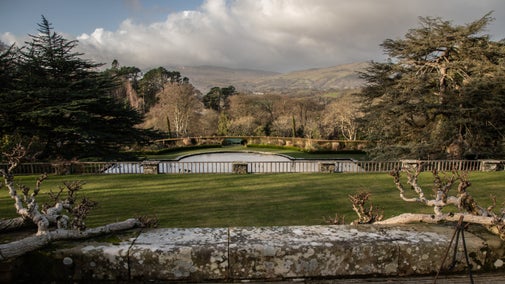
Become a member
Join today and help protect nature, beauty and history – for everyone, for ever. Enjoy access to more than 500 places with National Trust membership.

As houseplants enjoy a renaissance, there’s never been a better time to get indoor plant inspiration from National Trust gardens. Conservatories, orangeries and glasshouses across the country are packed full of tender plants, including historically significant collections and classic, popular houseplants.
Many National Trust gardeners are houseplant enthusiasts. They’re constantly on the lookout for rare and unusual plants, alongside more familiar ones, arranging them in creative displays. From the smallest succulent to the largest cactus, there’s something for everyone to enjoy and spadefuls of horticultural inspiration and ideas for your own houseplant collection. Here we look at some of the best.



Join today and help protect nature, beauty and history – for everyone, for ever. Enjoy access to more than 500 places with National Trust membership.
We care for hundreds of historic gardens, encompassing more than 500 years of history and a range of garden styles and fashions. Learn about the most famous and significant gardens you can visit.

From 18th-century water gardens and Arts and Crafts landscapes to intimate woodland gardens, there are so many places to discover.

Discover what we're doing to conserve and protect the plants in gardens across the country, and see some examples of the most special plants and trees.
